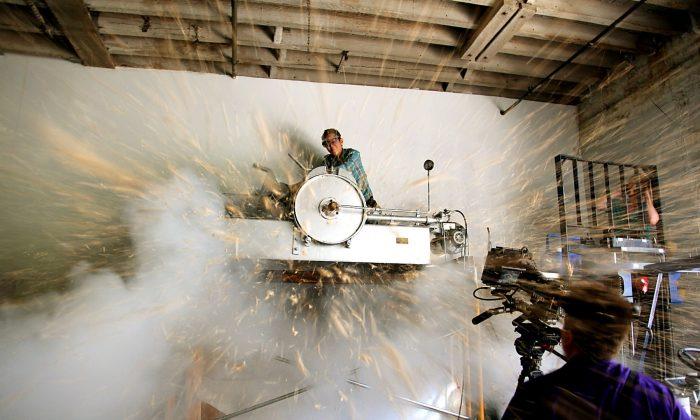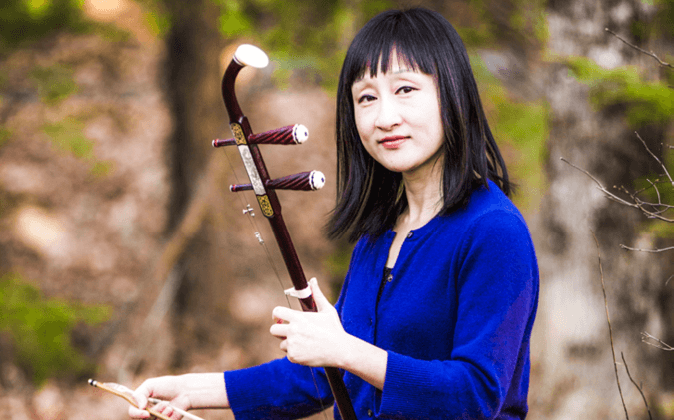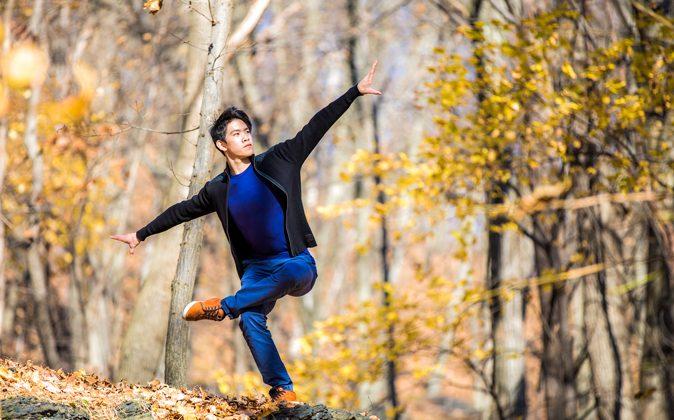NEW YORK—When most people visit the Museum of Natural History, they walk away thinking it’s wonderful. When Dave Arnold went, he walked away with the seed of inspiration for a museum as colossal and awe-inspiring—but focused on food.
Arnold, a food historian, turned his inspiration into the Museum of Food and Drinks (MOFAD)—which doesn’t exist in brick and mortar yet, but the dream is solid and Arnold has an impressive group of supporters.
The museum will focus on the culture, history, science, and commerce of food and drinks—from the way the Romans used to boil a whole ostrich and serve it with garum (traditional Roman fish sauce), to how the Columbian Exchange changed the way people around the world ate.
MOFAD’s goal is to urge visitors to think of solutions to current food issues. In the mean time it holds debates at the MOFAD Roundtable, where food experts and advocates discuss issues such as whether the Bloomberg administration’s proposed sugary drinks regulation is the best way to fight obesity.
“Food snobs will get something out of it, but it’s not just for them, it’s for everyone,” Arnold said. “It will provide better context for why thinking about food is important.”
The Team
Arnold is well known in the food industry. He founded Booker and Dax, a food and drink research lab that operates a cocktail bar. He appeared on “Late Night with Jimmy Fallon” and “The Martha Stewart Show” to share his immense knowledge of the physics and chemistry of cooking.
He is the director of culinary technology at the International Culinary Center’s French Culinary Institute; that too, is a job that he took on in hopes of fortifying his reputation so that he could one day create a museum about the production, history, and anthropology of food.
MOFAD is an unprecedented endeavor, although there are specialized food museums throughout the world—the National Mustard Museum, the Idaho Potato Museum, and the Momofuku Ando Instant Ramen Museum in Osaka, Japan.
But in the 21st century, no comprehensive museum for the overall anthropology of food and drinks exists. And many important chefs and food experts think that’s a problem.
David Chang, Wylie Dufresne, and Mario Batali, are some of the names involved in the genesis of MOFAD.
Lawyer Peter Kim quit his job at Debevoise & Plimpton in 2012 to volunteer as the museum’s first executive director.
Kim quit despite his growing student debt. “My parents think I’m absolutely crazy,” he said. “But I do it because I truly believe in the idea. There is little that is more fundamental and common to all of humanity than food and drink.”
“Food defines our cultural identities, triggers emotions, builds relationships, and makes political statements,” Kim said. “We need an educational institution that inspires people to explore food’s central role in human culture and understand how to make better, more informed decisions.”
But even with a talented and dedicated team, MOFAD has a long way to go before it can open as a museum in a permanent location.
MOFAD is a nonprofit chartered by the New York State Education Department. It is currently creating a series of traveling exhibits that will one day amalgamate into a museum.
The first exhibition in 2013 featured a puffing gun—a 3,200-pound machine that “explosively puffs food”—which demonstrated the science of cereal production.
“No one knows how it’s made, yet it’s in almost everyone’s house,” Arnold said. The puffing gun was a key component in the development of the breakfast cereal industry during the first half of the 20th century.
The exhibit debuted in August last year, at New York City’s Summer Streets festival. This spring, it will visit more streets, parks, plazas, and schools in New York and beyond.
Future exhibit ideas include one on the production of coffee, and another on the history of battlefields and food. Arnold also envisions an exhibit showing three kitchens from three different cultures functioning simultaneously next to one another.
First Steps
Arnold plans to create a single gallery-style exhibition by 2015. They expect to have their first physical space that can hold three full-sized exhibitions a few years after that.
He expects to work with significantly larger capital in the next 15 years.
“You crack the seven million dollar problem, then you crack the 20 million dollar problem,” he said.
Arnold hopes to see a full MOFAD in 40 years. “I will probably see it on my death bed,” he joked.
Time is Fleeting
“I wanted to increase my profile in the food world to get more juice for the museum,” Arnold said. “Unfortunately, my job took all my time so [MOFAD] sat on the back burner for many years.”
When Arnold’s mentor, Michael Batterberry (founder of Food & Wine magazine), passed away in 2010, Arnold got a wake up call.
“We don’t all have infinite time to do everything we want to do in life,” he said. “That gave me the fire to start it up again.”







Friends Read Free